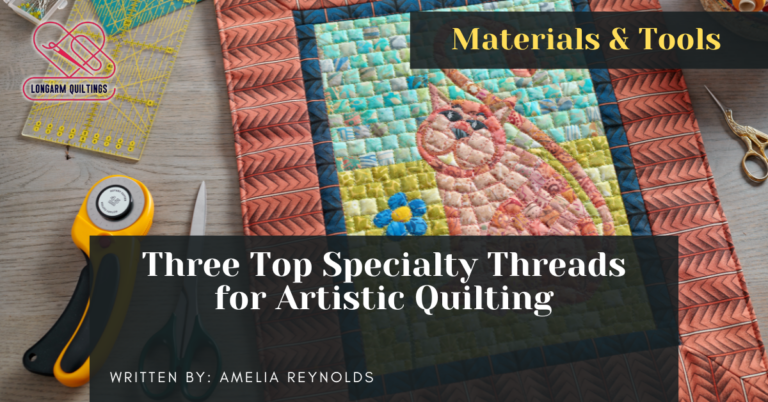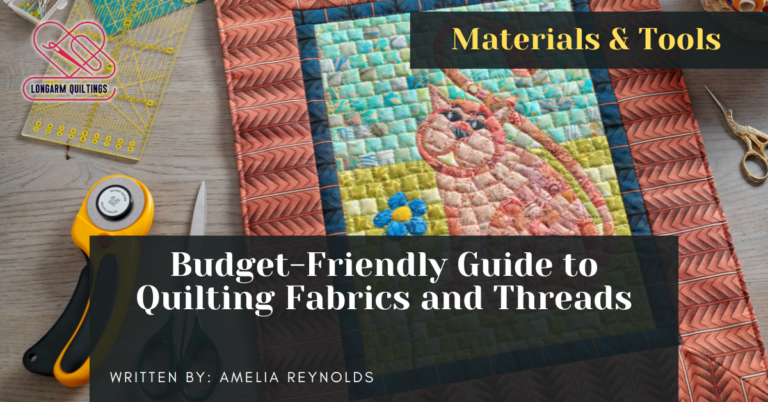Understanding the intricate art of quilting involves mastering the use of quilting rulers and measuring tools. These seemingly simple instruments hold the key to precision and accuracy in every quilt project.
From selecting the right ruler for the task to employing proper measuring techniques, each step plays a crucial role in the final outcome of your creation.
As we explore the nuances of these essential tools, you will uncover valuable insights that can elevate your quilting endeavors to new heights.
Importance of Using Quilting Rulers
When it comes to creating precise and professional-looking quilts, the importance of using quilting rulers cannot be overstated. Quilting rulers are essential tools that help quilters achieve precision accuracy in their measurements and cuts. These rulers come in various shapes and sizes, allowing for versatility in quilting projects. By using quilting rulers, quilters can ensure that each piece of fabric is cut to the exact dimensions required for the quilt pattern, leading to a finished product that is visually appealing and well-constructed.
Furthermore, quilting rulers enable quilters to employ time-saving techniques in their quilting process. By providing clear guidelines for measurements, angles, and shapes, these rulers streamline the cutting and piecing together of fabric pieces. This not only saves time but also reduces the margin of error, resulting in a more efficient and enjoyable quilting experience.
Types of Quilting Rulers
Various quilting rulers are available to quilters, each serving specific purposes in achieving precise measurements and cuts for quilting projects. Rotary cutting rulers are indispensable tools that come in various shapes and sizes, such as square, rectangular, and triangular, to facilitate accurate fabric cutting with a rotary cutter. These rulers typically have clear markings for easy measurement and alignment of fabric.
For precision piecing, quilters often use specialty rulers like square-up rulers, which aid in trimming blocks to the correct size and ensuring straight edges for seamless patchwork. Additionally, quilters may utilize strip rulers for cutting long strips of fabric uniformly, essential for projects like borders and sashing. Triangle rulers are beneficial for creating intricate geometric designs and perfectly angled pieces.
Understanding the different types of quilting rulers and their specific functions empowers quilters to enhance their cutting accuracy and achieve professional-looking results in their quilting endeavors.
Proper Technique for Measuring
Utilizing a precise and consistent measuring technique is fundamental in quilting to ensure accurate dimensions and seamless assembly of fabric pieces. When it comes to measuring accuracy and precision cutting in quilting, the following techniques are essential:
- Use a Clear Quilting Ruler: Select a transparent quilting ruler with clearly marked measurement lines to ensure accurate cutting and piecing.
- Align Fabric Edges: Before cutting, align the fabric edges perfectly with the ruler to avoid inaccuracies in measurements.
- Double-Check Measurements: Verify measurements multiple times before cutting to prevent errors that could affect the overall quilt design.
- Employ Rotary Cutters Carefully: When using rotary cutters, apply consistent pressure along the ruler's edge for precise and clean cuts, ensuring pieces fit together neatly during assembly.
Tips for Using Measuring Tools
To ensure accurate measurements in quilting projects, mastering the proper use of measuring tools is paramount. When using measuring tools, such as quilting rulers and tape measures, it is essential to focus on measuring accuracy.
To achieve this, always double-check your measurements and ensure that the tool is positioned correctly. Precision techniques, such as using a sharp rotary cutter against the edge of the ruler, can help in obtaining precise measurements.
Additionally, when measuring fabrics, make sure they are flat and smooth to avoid inaccuracies. It is advisable to invest in high-quality measuring tools to enhance accuracy and make your quilting process more efficient. Regularly calibrating your measuring tools is also crucial to maintain precision.
Troubleshooting Common Measurement Mistakes
Identifying and rectifying common measurement mistakes is essential for ensuring the accuracy and precision required in quilting projects. To maintain measurement accuracy, quilters should be aware of common errors that can occur during the measuring process.
Here are some key strategies for troubleshooting these issues:
- Double-Check Measurements: Always double-check measurements to prevent errors caused by misreading the ruler or measuring tape.
- Use the Right Tools: Ensure you are using the correct quilting rulers and measuring tools for the specific task to avoid inaccuracies.
- Maintain Consistency: Keep a consistent measuring technique throughout your project to minimize variations in measurements.
- Calibration: Regularly calibrate your measuring tools to guarantee their accuracy and make adjustments if necessary.
Frequently Asked Questions
Can Quilting Rulers and Measuring Tools Be Used Interchangeably for All Quilting Projects?
Measurement accuracy is crucial in quilting projects. Quilting rulers and measuring tools have specific uses, ensuring precision. While some tools may be interchangeable, it's essential to consider project requirements, tool maintenance, and safety measures for optimal results.
How Do You Clean and Maintain Quilting Rulers to Ensure Accurate Measurements Over Time?
To maintain accurate measurements with quilting rulers, clean them regularly using a soft cloth and mild soap. Store them flat in a dry, cool place to prevent warping. Avoid dropping or exposing rulers to extreme heat to ensure long-lasting precision.
Are There Any Specific Safety Precautions to Keep in Mind When Using Quilting Rulers and Measuring Tools?
Proper handling and storage of quilting rulers and measuring tools are crucial to prevent accidents. Be cautious of sharp edges to avoid cuts. Always store them in a safe place, away from children or pets.
Can Quilting Rulers and Measuring Tools Be Used for Other Crafts Besides Quilting?
Quilting rulers and measuring tools are versatile for various crafting projects beyond quilting. They can aid in precise measurements for sewing projects, DIY decorations, and scrapbooking ideas. Their accuracy and convenience make them valuable tools in diverse creative endeavors.
Are There Any Advanced Techniques or Tips for Using Quilting Rulers and Measuring Tools That Experienced Quilters Might Find Helpful?
Advanced quilters can elevate their craft with precision cutting techniques using quilting rulers. Tips include maintaining ruler accuracy through regular cleaning and storage. By mastering these advanced techniques and caring for tools, experienced quilters can achieve impeccable results.
Conclusion
In conclusion, utilizing quilting rulers and measuring tools is essential for achieving accurate and precise results in quilting projects.
By understanding the importance of using the right tools, mastering proper measuring techniques, and implementing helpful tips, quilters can avoid common measurement mistakes and enhance the quality of their work.
Investing time and effort into learning how to effectively use these tools will ultimately lead to successful and satisfying quilting experiences.






